The latest Philippines e-Conomy SEA 2025 report from Google, Temasek, and Bain and Company projects that the country’s digital economy will reach 36 billion dollars next year. Growth stayed steady in 2024, partly supported by record remittances of around 38 billion dollars, although the outlook for 2025 has been slightly reduced following the 19 percent US tariff on exports.
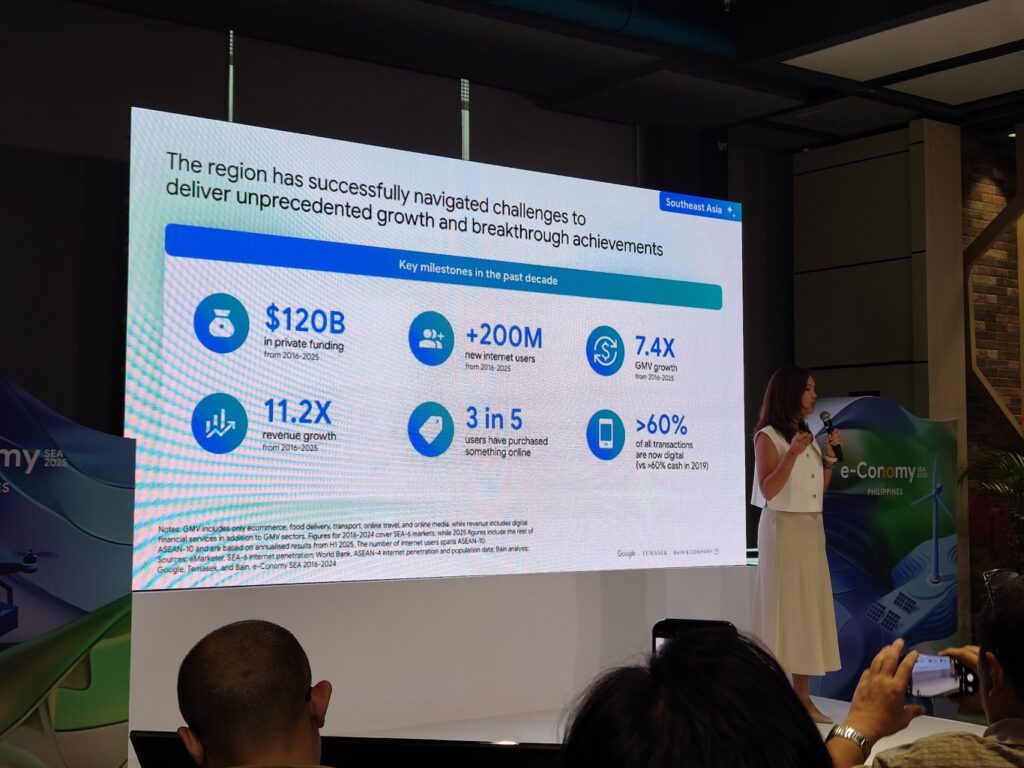
Why It Matters: The study suggests that daily life in the Philippines is becoming increasingly digital, with policy support, higher usage of online services, and growing trust in digital payments.
The government is moving forward with a dual digital strategy. The Konektadong Pinoy Act aims to boost internet access and competition, while the E-Governance Act focuses on making public services available online. This combination is expected to power growth in ecommerce, fintech, and digital adoption.
Digital payments made up 57 percent of monthly retail payment volume and 59 percent of value as of 2024. Usage of QR Ph, InstaPay, and PESONet continues to rise, while ewallets are now a main entry point to financial services. The central bank may issue up to 10 new digital bank licences this year after lifting its moratorium in January 2025.
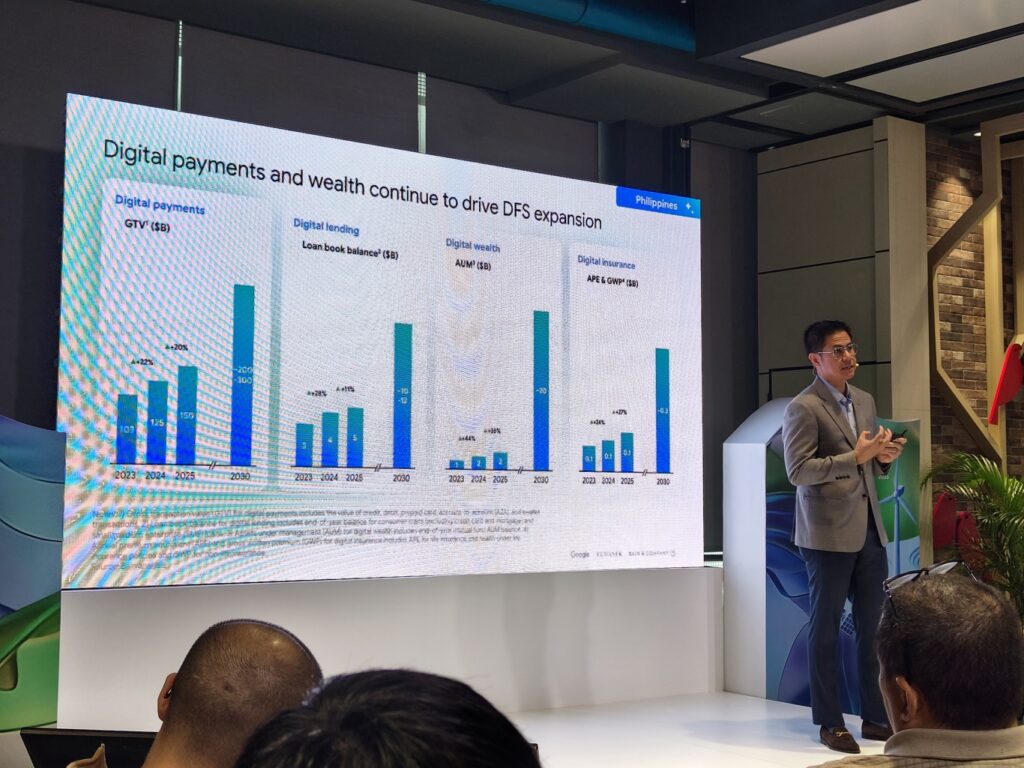
All major sectors of the digital economy are forecast to post double-digit growth by 2025:
- Ecommerce: 24B USD
- Online travel: 4B USD
- Transport and food: 4B USD
- Online media: 5B USD
- Total digital economy: 36B USD
Digital financial services remain a strong driver. Payments are projected to reach 150B USD in transaction value, digital lending may hit 5B USD, and digital wealth and insurance are also showing continued growth.
Tourism shows two contrasting trends. Domestic air travel hit roughly 32 million passengers last year, helped by campaigns promoting local culture and festivals. Meanwhile, international arrivals reached 6 million, below the target of 7.7 million, although visa relaxations for key markets may help improve numbers.
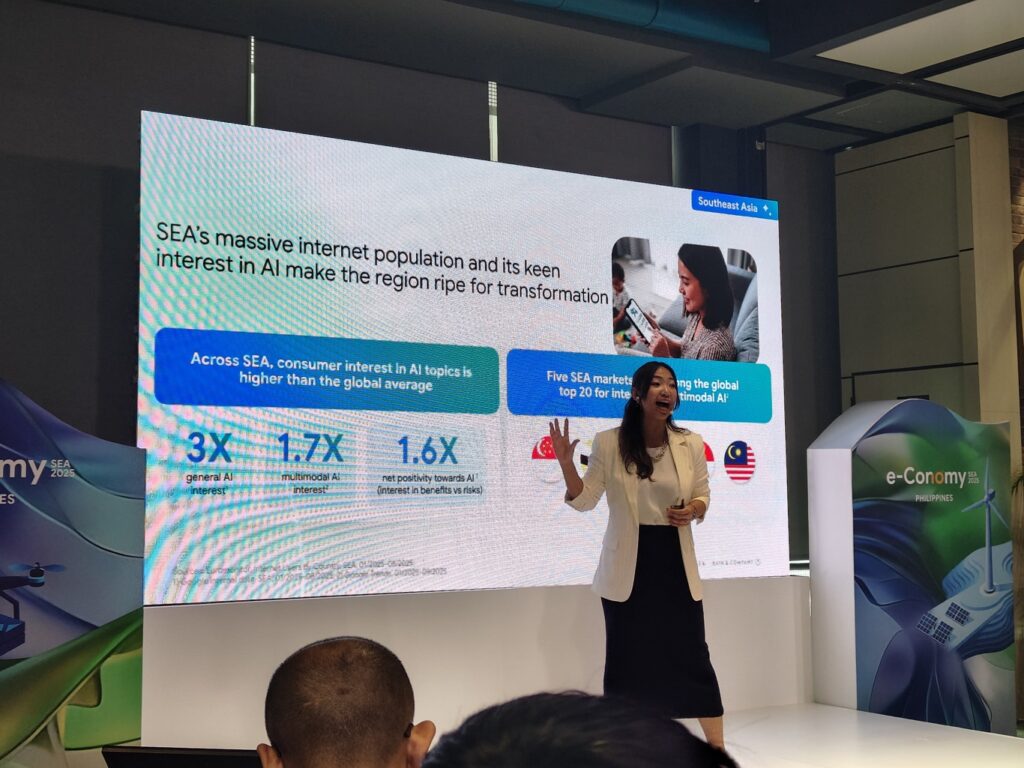
Consumer interest in AI-powered tools is also rising. Private AI funding reached about 30 million dollars from H2 2024 to H1 2025, while user engagement with AI features is growing across apps and chatbots.
Video commerce is expanding quickly. Transactions rose by 90 percent year-on-year, sellers increased by 35 percent, and the average order value ranges between 4.5 and 5.5 dollars per purchase. Fashion, beauty, electronics, and household goods lead the category mix.
With steady demand and growing digital habits, the next question is how fast businesses can adapt to meet this momentum.



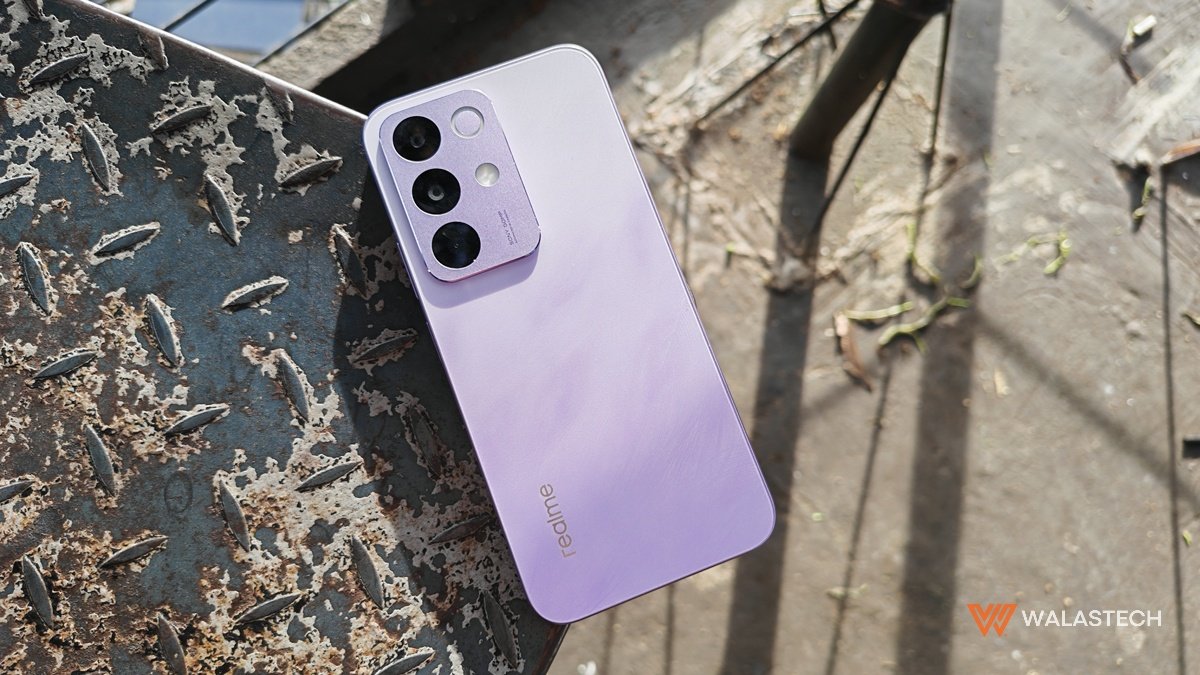

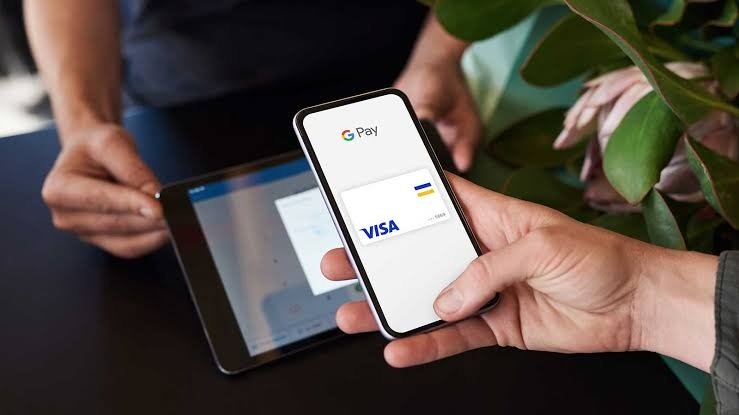




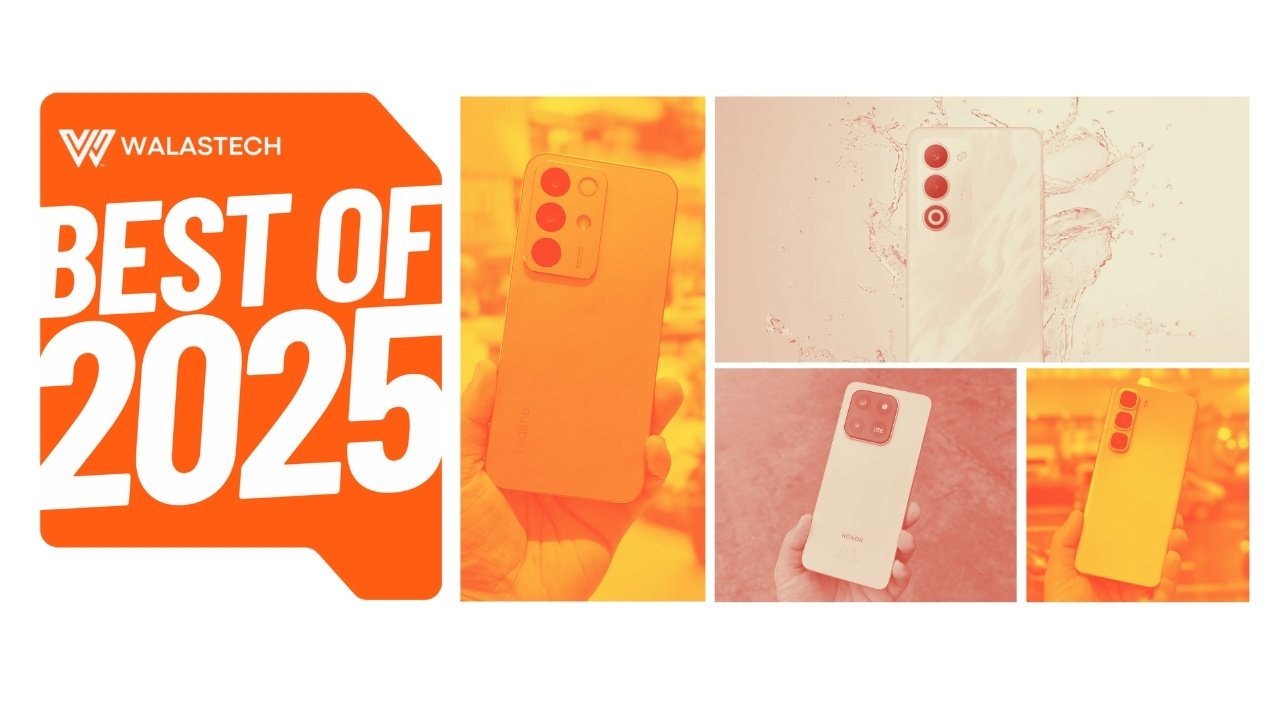
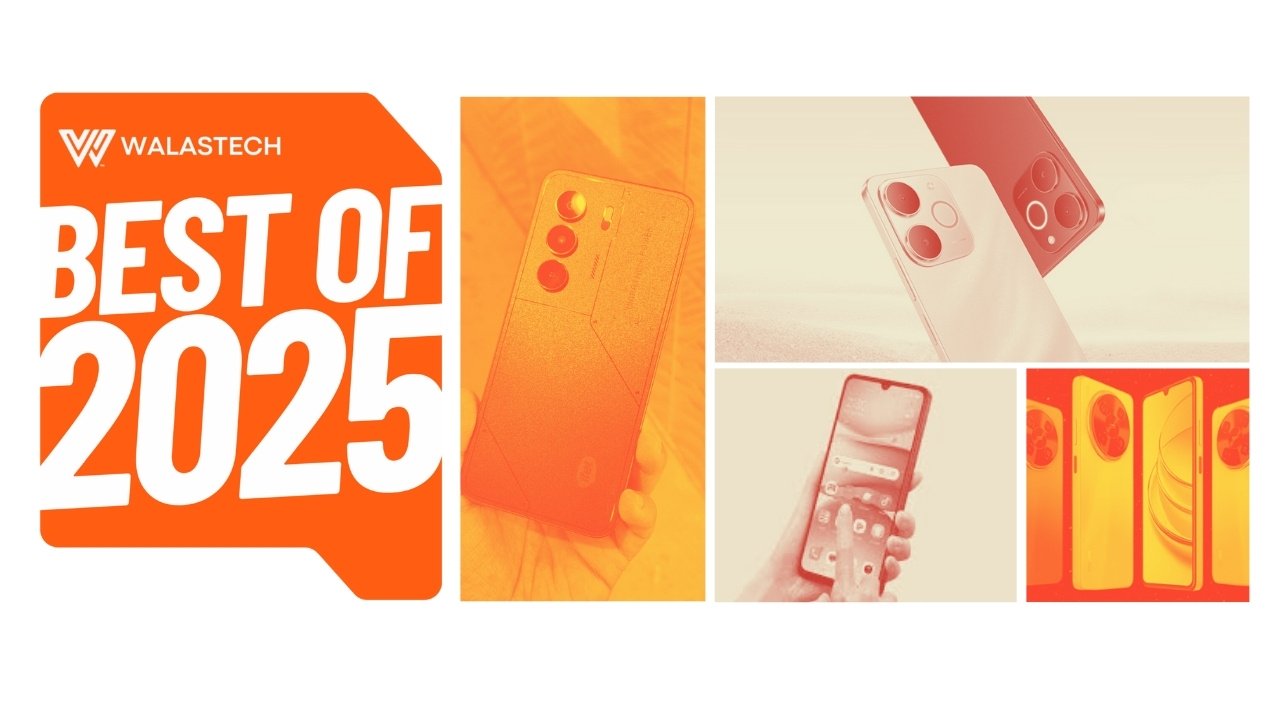


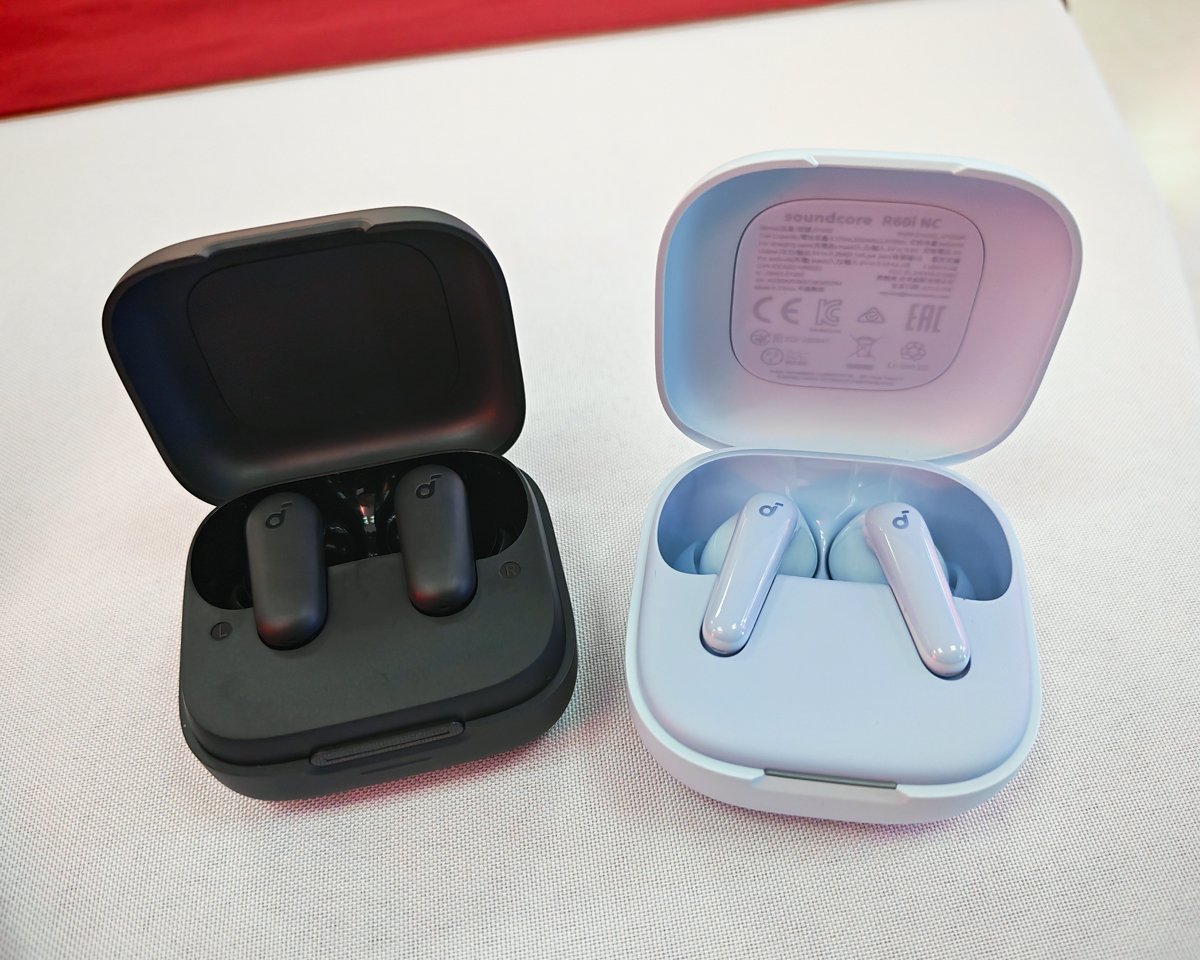


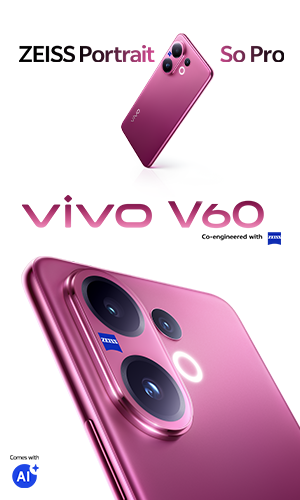


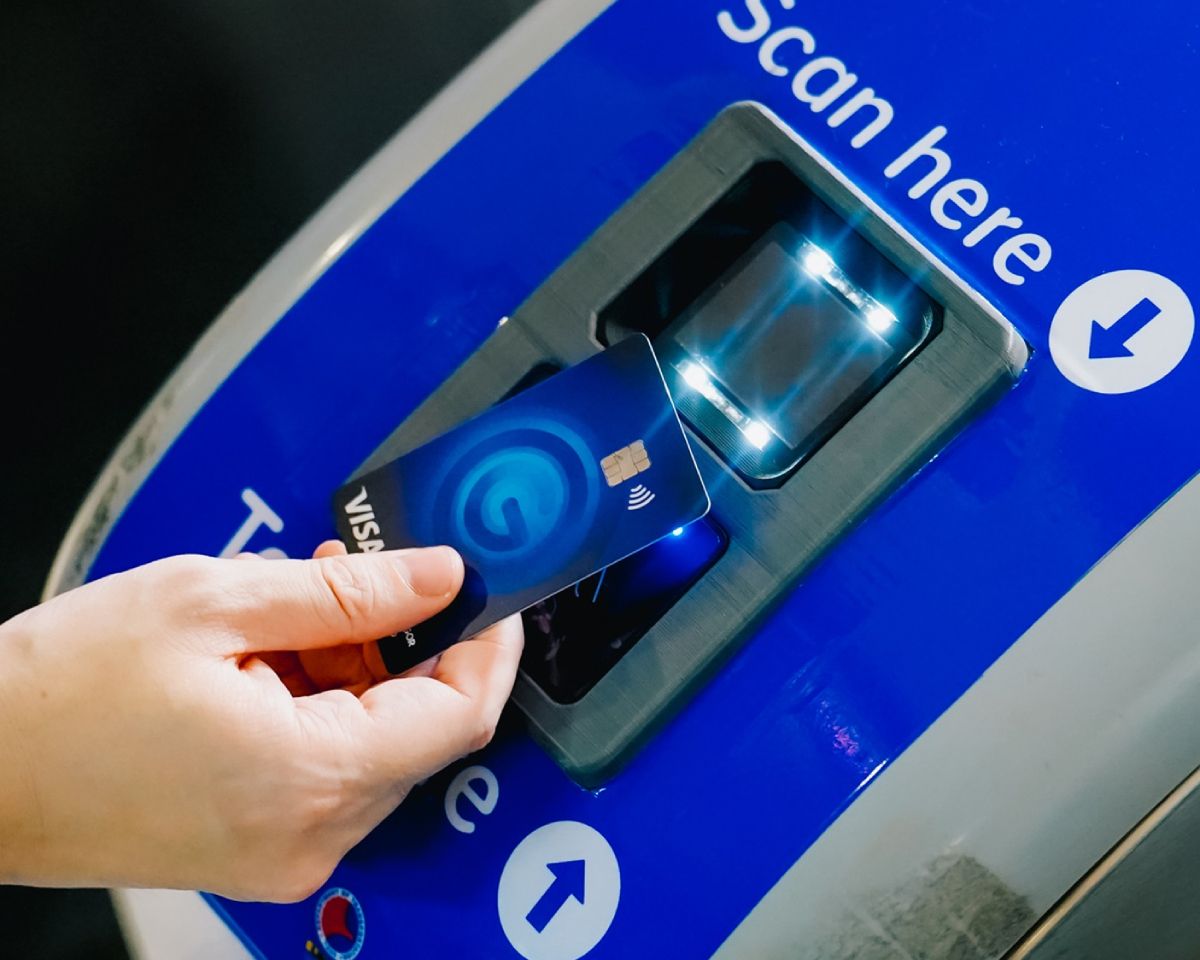

Leave a Reply